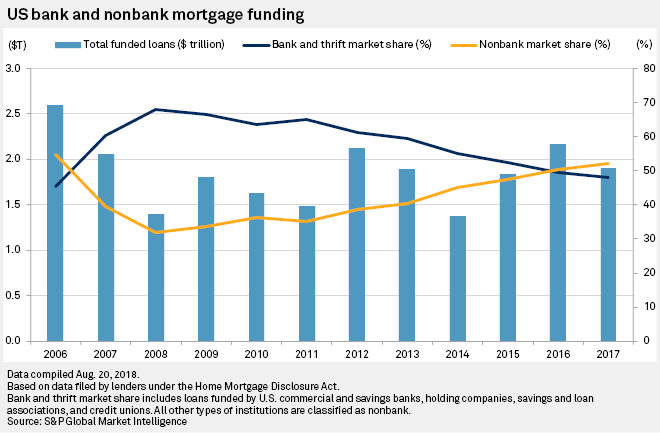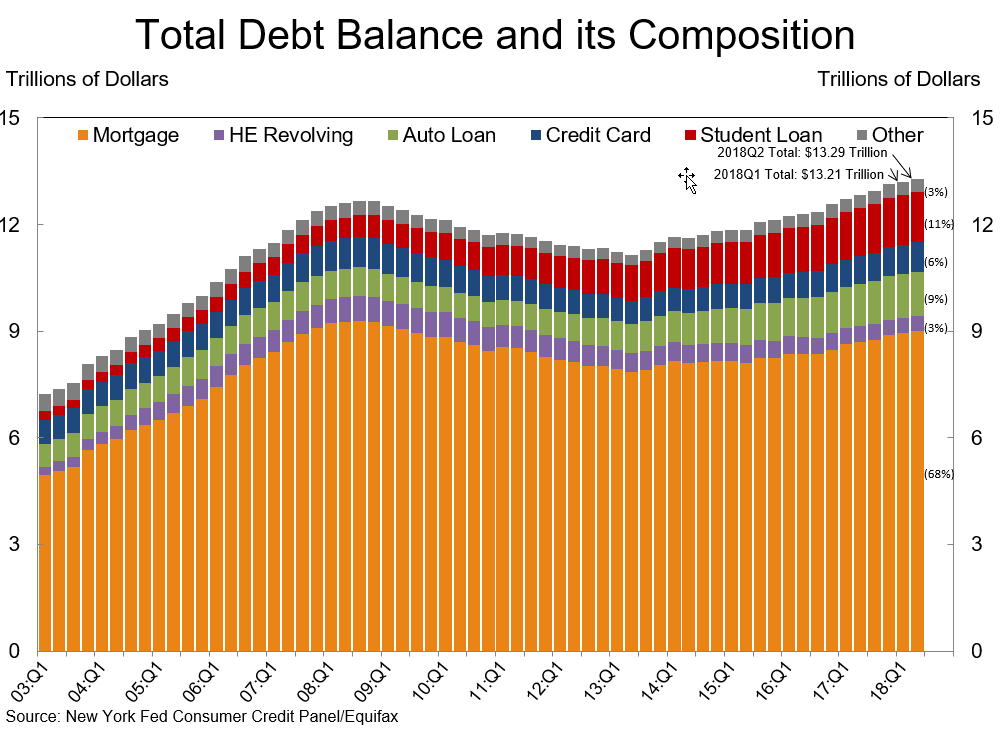For this argument to hold, the boost in the rate of foreclosure would have to precede the decline in home rates. In truth, the opposite happened, with the national rate of house price appreciation peaking in the 2nd quarter of 2005 and the absolute cost level peaking in the 2nd quarter of 2007; the remarkable boost in brand-new foreclosures was not reached till the second quarter of 2007.
Usually one would anticipate the ultimate financiers in mortgagerelated securities to impose market discipline on loan providers, ensuring that losses remained within expectations. Market discipline began to breakdown in 2005 as Fannie Mae and Freddie Mac became the largest single buyers of subprime mortgagebacked securities. At the height of the marketplace, Fannie and Freddie acquired over 40 percent of subprime mortgagebacked securities.

Fannie and Freddie entering this market in strength greatly increased the demand for subprime securities, and as they would ultimately be able to pass their losses onto the taxpayer, they had little incentive to efficiently keep an eye on the quality of underwriting. The past couple of decades have witnessed a substantial growth in the number of monetary regulators and policies, contrary to the extensively held belief that our monetary market policies were "rolled back." While lots of regulators might have been shortsighted and overconfident in their own capability to spare our monetary markets from collapse, this failing is one of policy, not deregulation.
Some Known Incorrect Statements About Who Took Over Abn Amro Mortgages
To explain the monetary crisis, and avoid the next one, we must take a look at the failure of regulation, not at a legendary deregulation.
So, "what caused the home loan crisis" anyhow? In case you have not heard, we went through one of the worst real estate busts in our lifetimes, if not ever - who took over abn amro mortgages. And though that much is clear, the reason behind it is much less so. There has actually been a great deal of finger pointing. In reality, there wasn't just one cause, however rather a combination of forces behind the housing crisis.
Banks weren't keeping the loans they madeInstead they're were offering them to investors on the secondary marketWho were slicing and dicing them into securitiesThe transfer of danger permitted more risky loans to be madeIn the old days, banks utilized to make mortgages in-house and keep them on their books. Since they held onto the loans they made, strict underwriting guidelines were put in location to make sure quality loans were made.
Excitement About Who Issues Ptd's And how to terminate a timeshare agreement Ptf's Mortgages
And they 'd lose great deals of money. Just recently, a new phenomenon occurred where banks and mortgage lenders would stem mortgage and quickly resell them to financiers in the kind of mortgage-backed securities (MBS) on the secondary market (Wall Street). This method, called the "originate to disperse design," permitted banks and lending institutions to pass the threat onto investors, and therefore loosen guidelines.
Banks and lending institutions likewise relied on circulation channels outside their own roofing, by means of mortgage brokers and reporters. They incentivized bulk stemming, pushing those who worked for them to close as lots of loans as possible, while forgetting about quality standards that made sure loans would in fact be paid back. Since the loans were being sliced and diced into securities and offered in bulk, it didn't matter if you had a few bad ones here and there, a minimum of not initiallyThis pair wasn't complimentary from blame eitherThey were quasi-public companiesThat were trying to keep personal financiers happyBy reducing underwriting guidelines to remain relevantOf course, banks and loan providers designed their loan programs on what Fannie and Freddie were purchasing, so one could also argue that these two "government-sponsored business" likewise did their fair share of harm.
And it has actually been alleged that the pair alleviated guidelines to remain appropriate in the home mortgage market, mainly due to the fact that they were publicly traded companies steadily losing market share to private-label securitizers. At the exact same time, they likewise had lofty budget friendly real estate objectives, and were advised to supply funding to more and more low- and moderate-income customers over time, which plainly came with more danger.
The Greatest Guide To Mortgages Or Corporate Bonds Which Has Higher Credit Risk
As a result, bad loans looked like higher-quality loans due to the fact that they conformed to Fannie and Freddie. what banks give mortgages without tax returns. And this is why quasi-public companies are bad news folks. The underwriting, if you could even call it thatWas godawful at the time leading up to the mortgage crisisBasically anyone who got a home mortgage might get authorized back thenSo once the well ran dry many of these house owners stopping payingThat brings us to bad underwriting.
They were typically told to make loans work, even if they seemed a bit dodgy at best. Once again, the incentive to approve the loan was much, much higher than declining it. And if it wasn't approved at one shop, another would be pleased to come along and take business.
So you might get away with it. The appraisals at the time were also extremely suspectEmphasis on "high" instead of lowSince the worths were typically grossly pumped up to make the shoddy loan workThis further propped up home rates, permitting for even more bad loans to be createdGoing hand-in-hand with bad underwriting was faulty appraising, typically by deceitful home appraisers who had the exact same reward as lenders and producers to ensure the loans closed.
There Are Homeless People Who Cant Pay There Mortgages - An Overview
If one appraiser didn't like the worth, you could constantly get a consultation someplace else or have them reevaluate. House rates were on the up and up, so a stretch in value might be concealed after a couple of months of gratitude anyway. And do not forget, appraisers who found the best value whenever were guaranteed of another offer, while those who could not, or would not make it happen, were skipped on that next one.
Back when, it prevailed to put down 20 percent when you acquired a home. In the last few years, it was increasingly typical to put down 5 percent or perhaps nothing. In reality, zero down home loan financing was all the rage since banks and how to cancel a timeshare contract in florida debtors could rely on house cost gratitude to keep the idea of a house as a financial investment practical.
Those who purchased with zero down just chose to walk away, as they really had no skin in the game, absolutely nothing to keep them there. Sure, they'll get a big ding on their credit report, however it beats losing a lot of cash. Conversely, those with equity would definitely put up more of a fight to keep their house.
4 Simple Techniques For What Percent Of People In The Us Have 15 Year Mortgages

As house costs marched higher and greater, lending institutions and home builders needed to create more imaginative financing options to bring in purchasers. Because home rates weren't going to boil down, they needed to make things more inexpensive. One technique was decreasing monthly mortgage payments, either with interest-only payments or unfavorable amortization programs where customers in fact paid less than the note rate on the loan.
This obviously resulted in ratings of underwater debtors who now owe more on their mortgages than their current home worths - who provides most mortgages in 42211. As such, there is little to any reward to remain in Additional resources the house, so borrowers are increasingly defaulting on their loans or walking away. Some by option, and others because they might never ever pay for the true regards to the loan, only the initial teaser rates that were used to get them in the door.